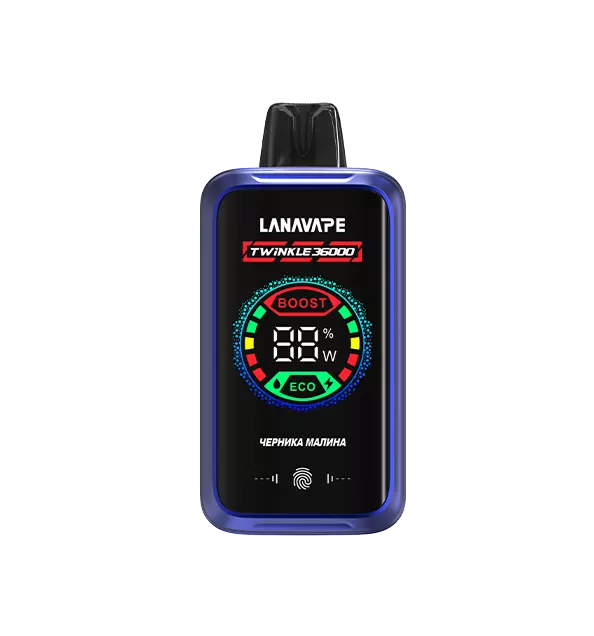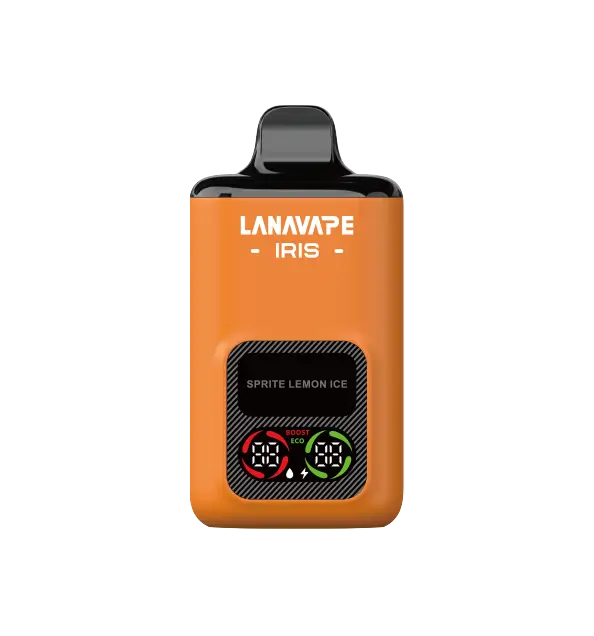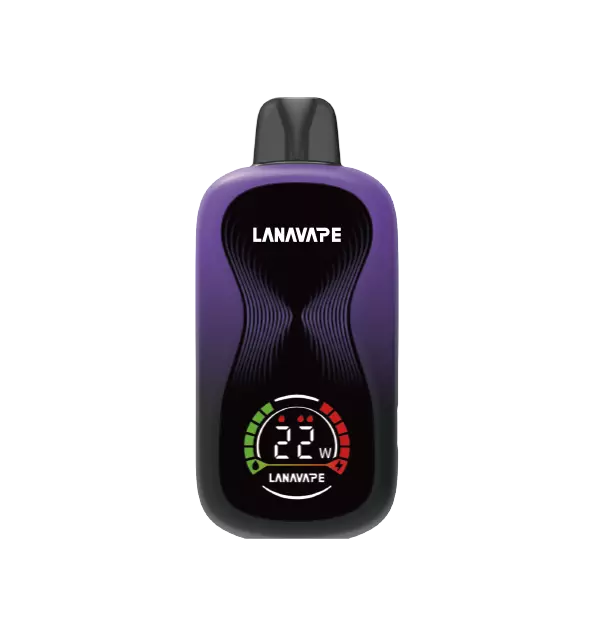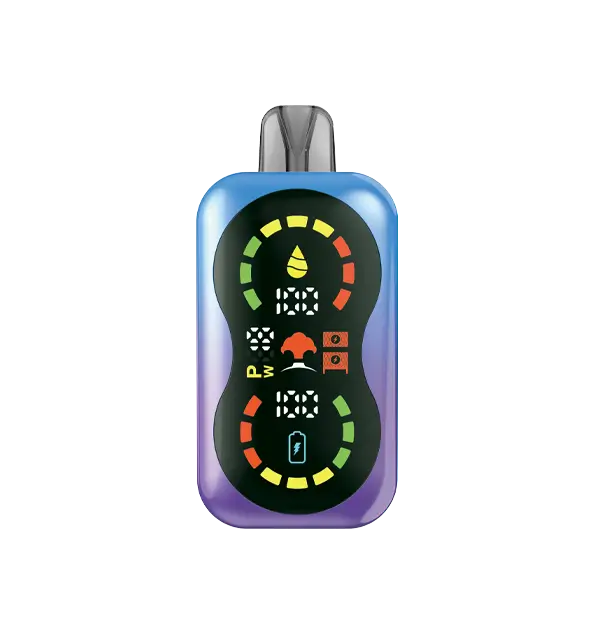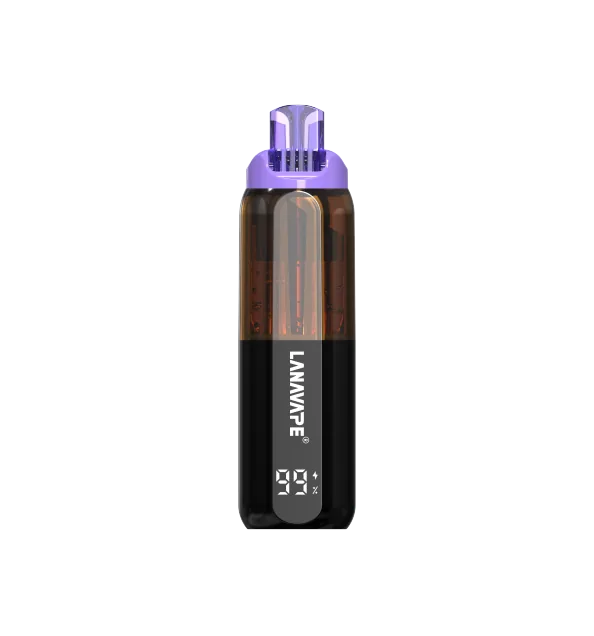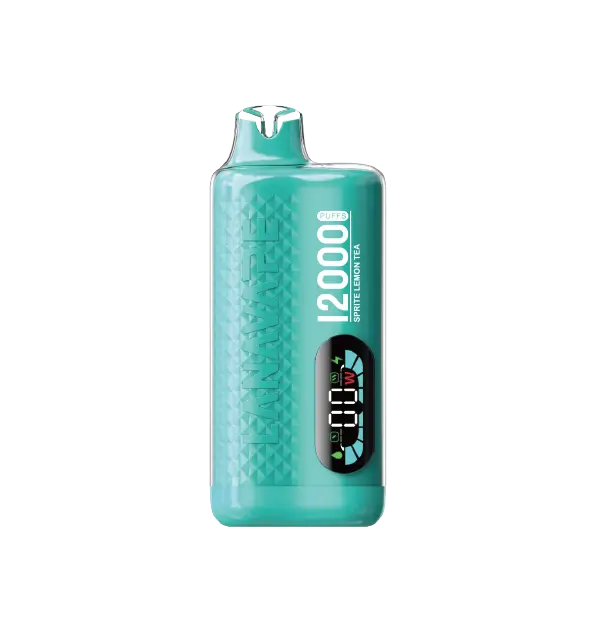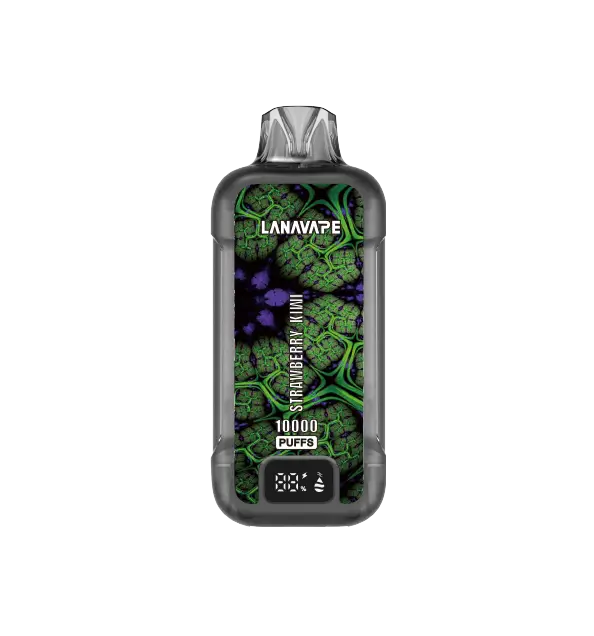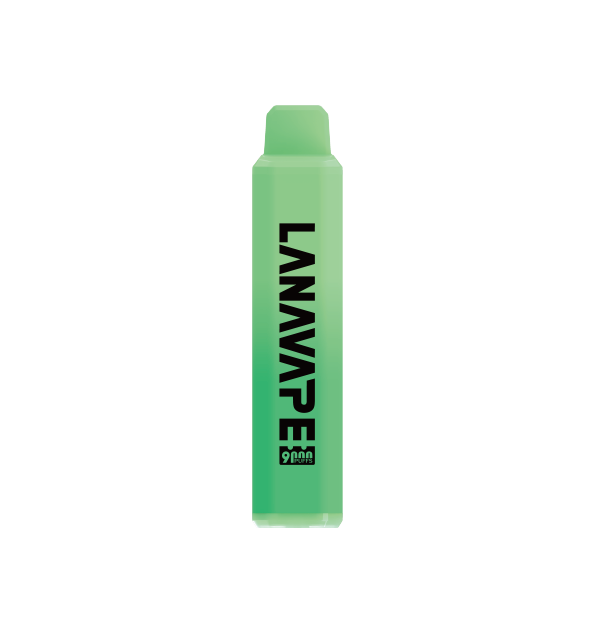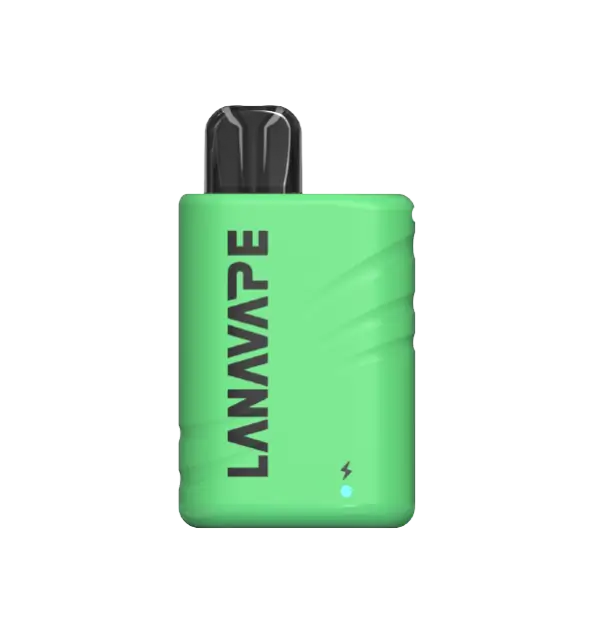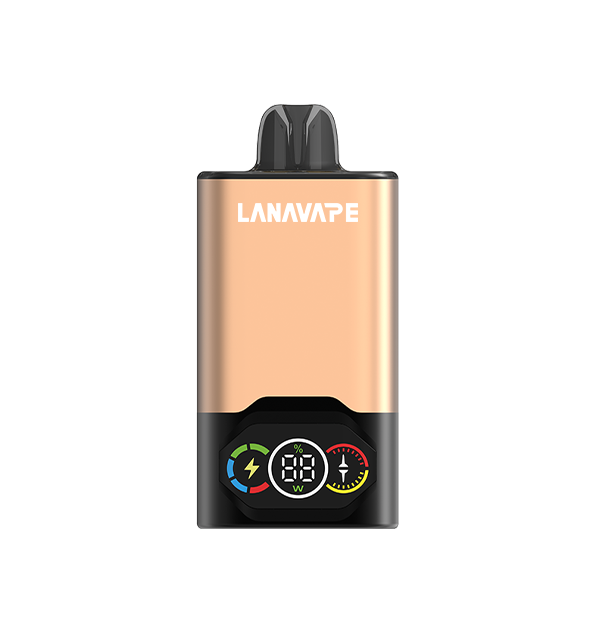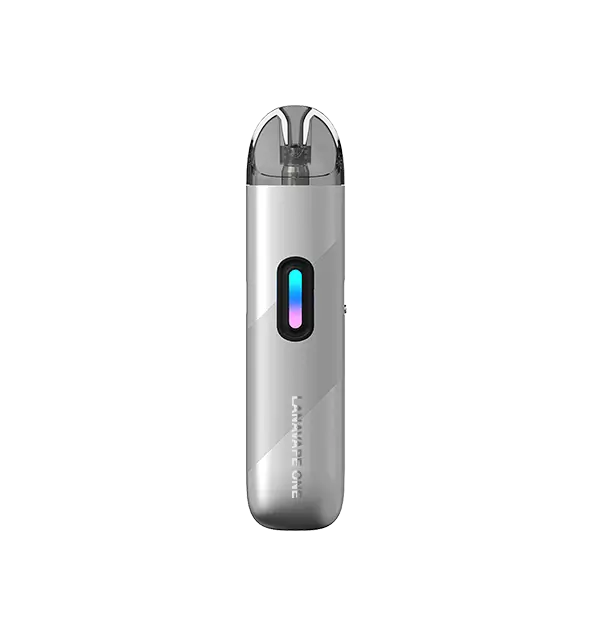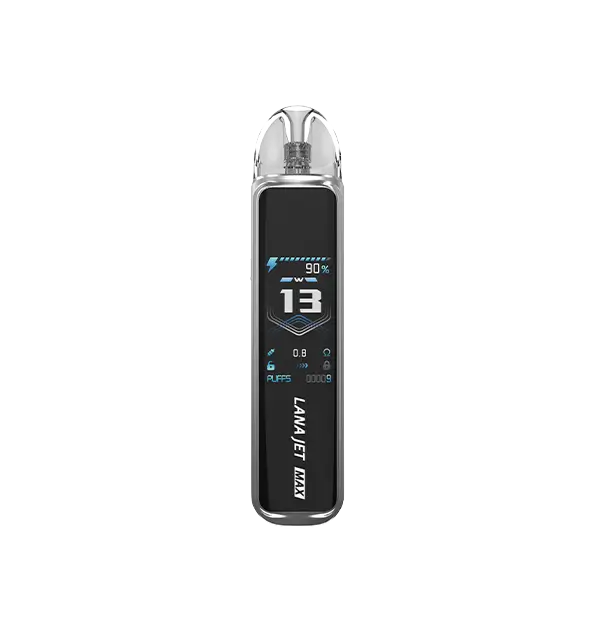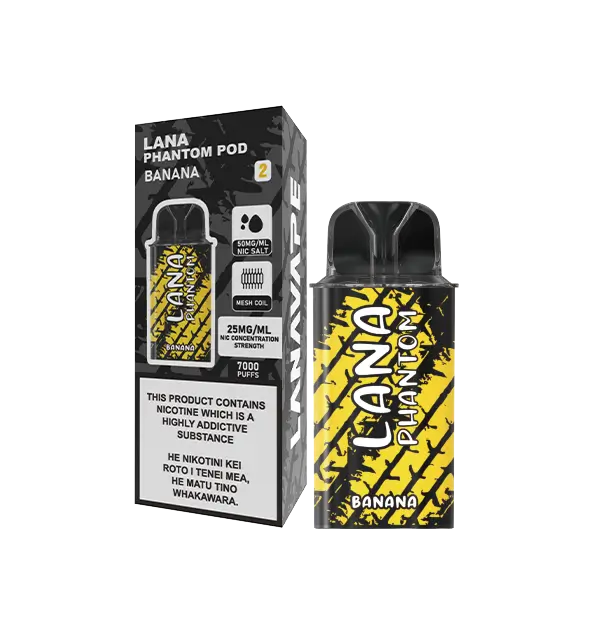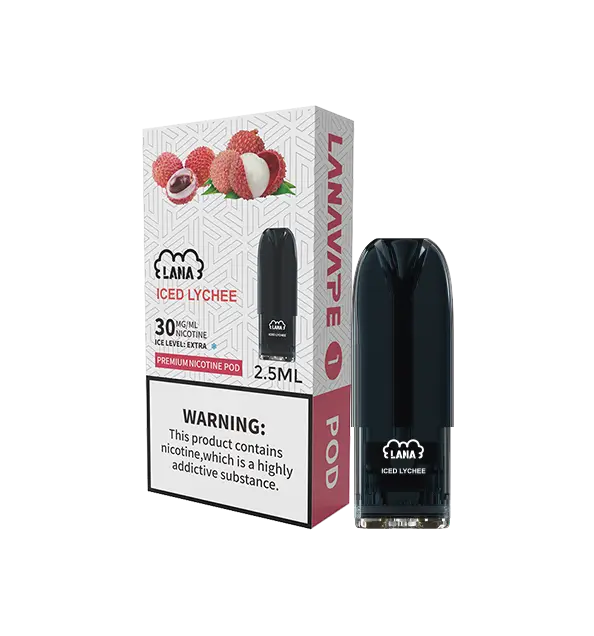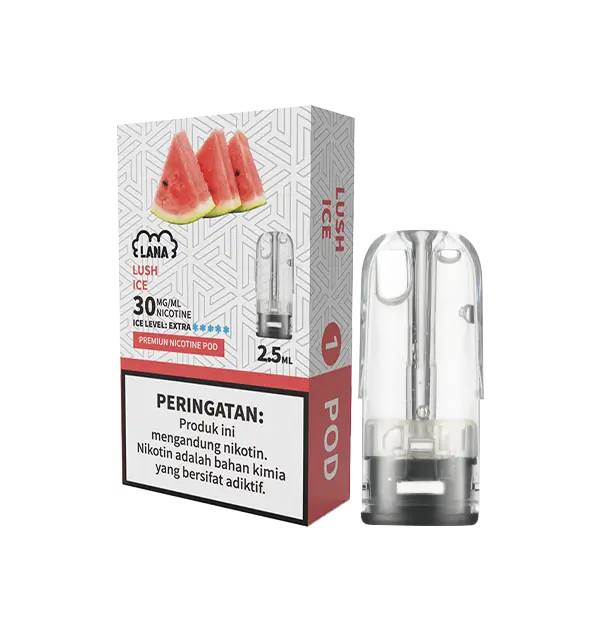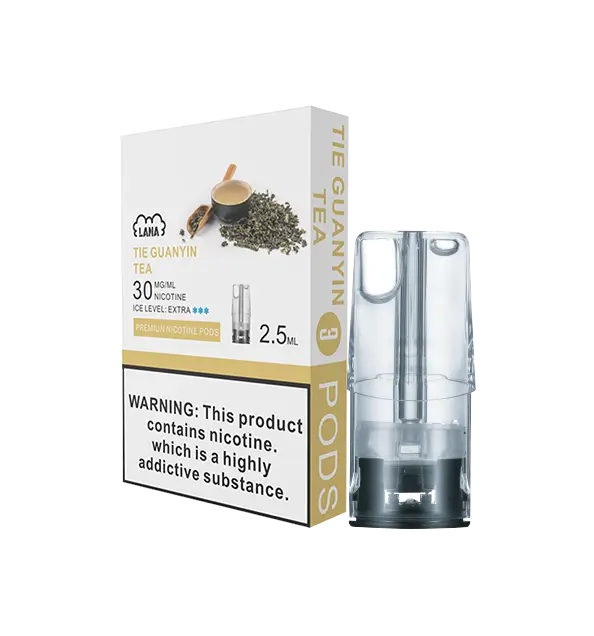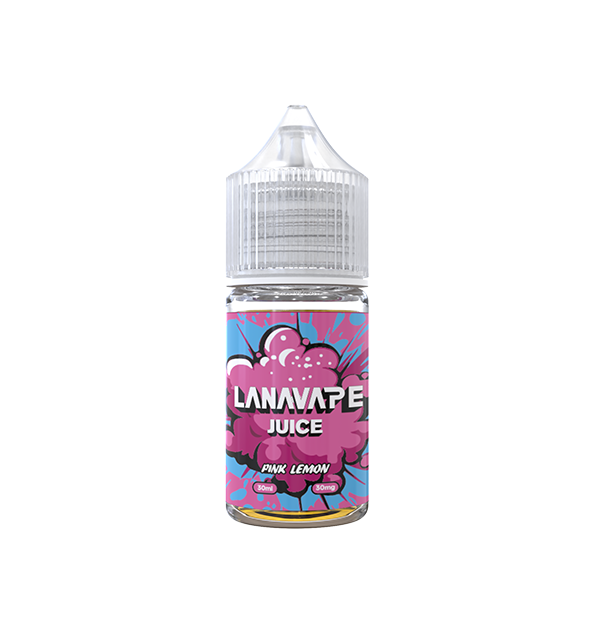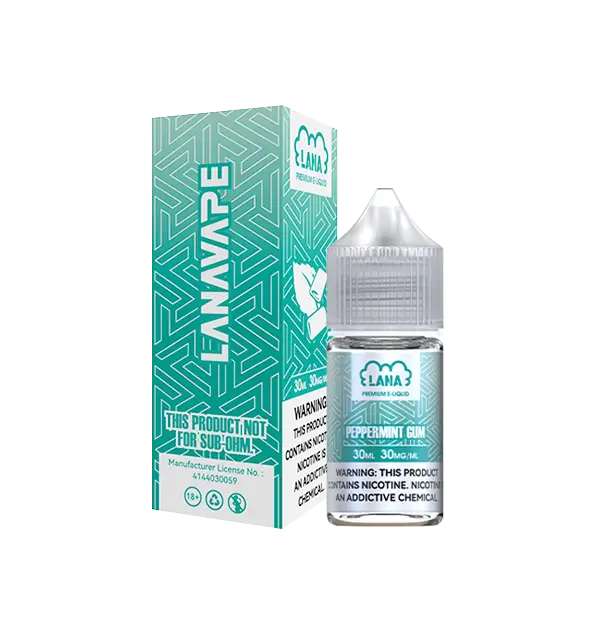
"Do e-cigarettes hurt your lungs? has become a global public health focus. According to a recent report by the American Lung Association, people who use e-cigarettes more than 20 times a day have 41% higher levels of inflammatory markers in their lungs than smokers. This article combines 12 authoritative clinical studies to deeply analyze how atomized substances gradually erode the respiratory system and reveal the early warning signs of “e-cigarette lung disease”.
I. How does e-cigarettes harm the lungs step by step?
1. Initial reaction: throat is uncomfortable
Common symptoms: continuous cough for more than two weeks, always feel that there is something stuck in the throat.
2. Medium-term damage: breathing becomes difficult
Danger signals: climbing two flights of stairs can not catch their breath, sleep feel breathing laborious.
Key data: daily smoking e-cigarettes, the lungs of people aging speed than their peers three times faster.
3. long-term risk: irreversible damage
Serious consequences: some of the heavy user CT examination found that lungs Covered with white spots .
Doctor's warning: e-cigarette vape juice forms an oily film in the lungs that can block oxygen exchange.
II. What are the symptoms?
Stop using e-cigarettes immediately if you experience any of the following:
Persistent dry cough: especially in the morning after waking up;
Chest pain: pain like pins and needles when you take a deep breath;
Easy to gasp for breath: chasing the bus becomes difficult;
Repeated fevers: low-grade fever lasts for a week with no cause;
Abnormal phlegm: coughing up sputum with a bloody or metallic taste.
III, The most harmful to the lungs of the 3 e-cigarette vape juice ingredients
1. nicotine salt
Hidden harm: Vapors will ingested too much unknowingly.
Typical symptoms: numbness of the fingers, heartbeat suddenly accelerated.
2. Fruit flavoring vape juice
Sweet traps: mango / mint and other popular flavors are the most dangerous.
3. Glycerol in the vape juice
Chronic damage: formation of a viscous, oily substance in the lungs.
Intuitive analogy: like a layer of glue on the surface of the lobes of the lungs.

